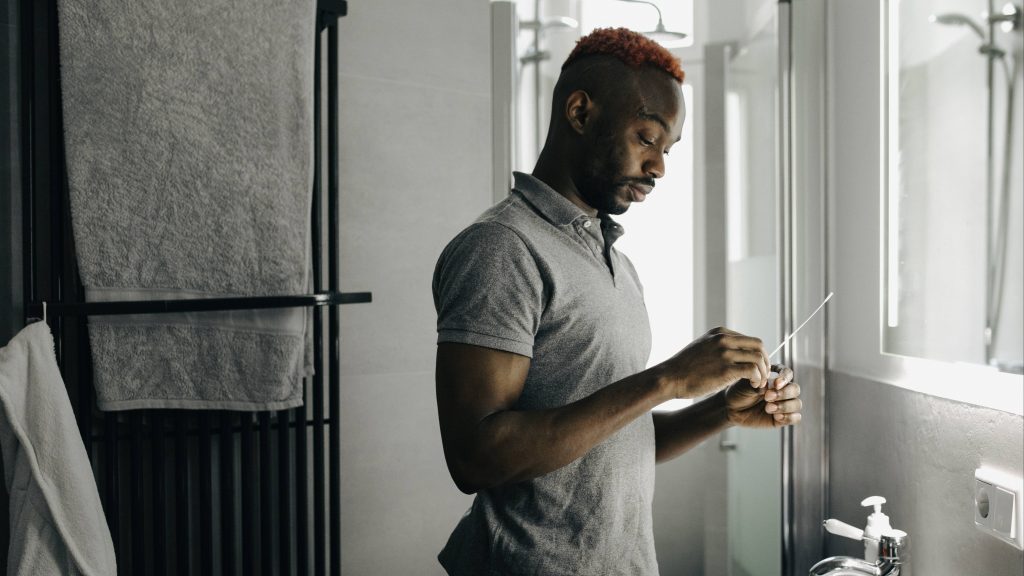-
COVID-19
Mayo Clinic Q&A podcast: COVID-19 update

The widespread availability of at-home COVID-19 tests have made it easier for people to know if they have the virus, and to take measures to protect themselves and others. But there is a downside. Because the majority of tests are now done at home and often not reported, the official counts on COVID-19 infection rates are not as accurate as they have been in past waves of the virus.
"Because the majority of testing is being done at home, we can no longer tell you accurately about the positivity rate for a given community for a given state like we used to be able to," explains Dr. Gregory Poland, head of Mayo Clinic's Vaccine Research Group. "And this is problematic. It means that we lose our ability to understand what's called genetic epidemiology — the ability to trace how these variants are moving, how fast they're moving, and whether they're changing and evolving into yet different subvariants or new variants. We've lost that ability now."
The most recent omicron subvariant, BA 2.12.1, has cases on the rise again and the U.S. passed a tragic milestone last week, reaching 1 million COVID-19 deaths in the country.
In an effort to capture a more accurate picture, the latest tool being used by public health officials to track COVID-19 infection rates is wastewater surveillance. By looking for the presence of the COVID-19 virus shed by people, wastewater surveillance can give a more accurate picture of how much virus is in the community. This detects virus not only from those who test at home, but also from people who are asymptomatic and, therefore, didn't get tested.
On the Mayo Clinic Q&A podcast, Dr. Poland discusses the current state of COVID-19 in the U.S., including what we know about the latest subvariants.
Watch: Dr. Gregory Poland discuss COVID-19.
Research disclosures for Dr. Gregory Poland.
_______________________________
For the safety of its patients, staff and visitors, Mayo Clinic has strict masking policies in place. Anyone shown without a mask was recorded prior to COVID-19 or recorded in an area not designated for patient care, where social distancing and other safety protocols were followed.
Information in this post was accurate at the time of its posting. Due to the fluid nature of the COVID-19 pandemic, scientific understanding, along with guidelines and recommendations, may have changed since the original publication date.
For more information and all your COVID-19 coverage, go to the Mayo Clinic News Network and mayoclinic.org.







